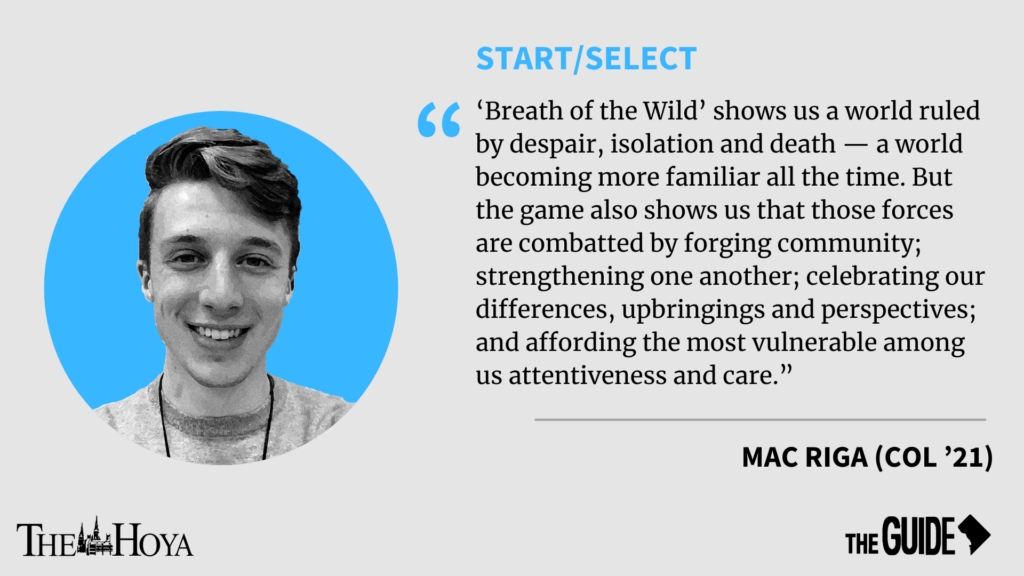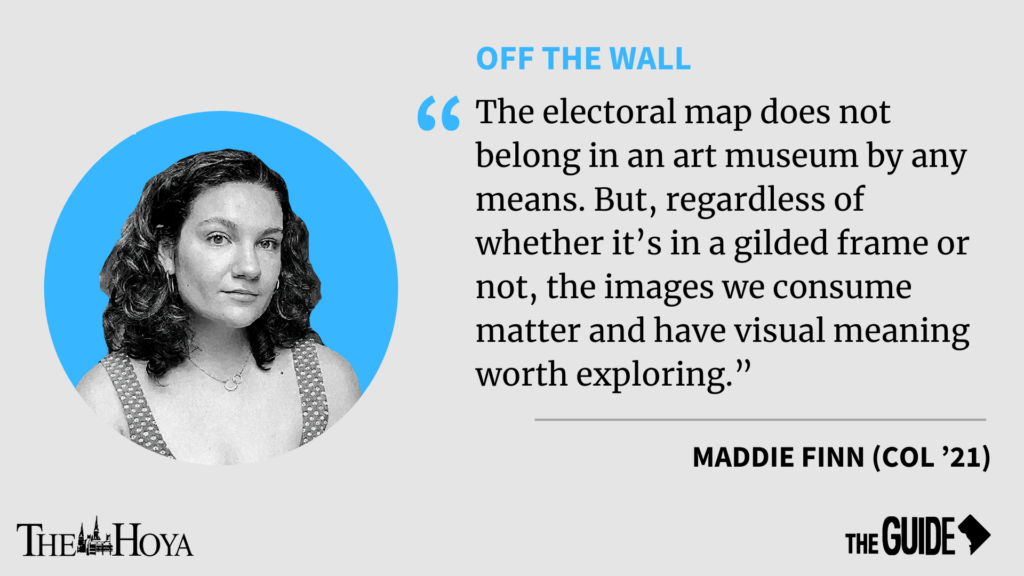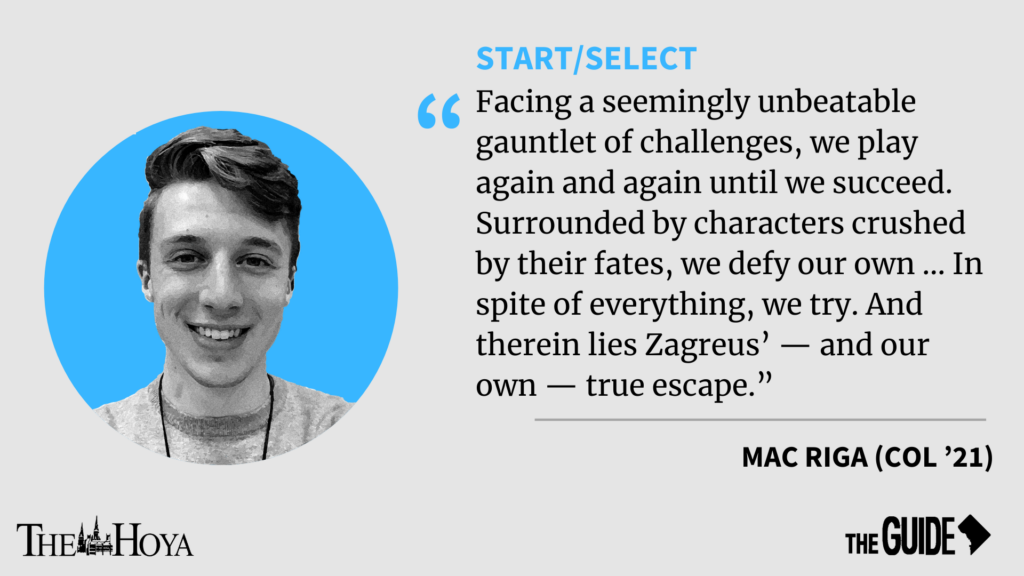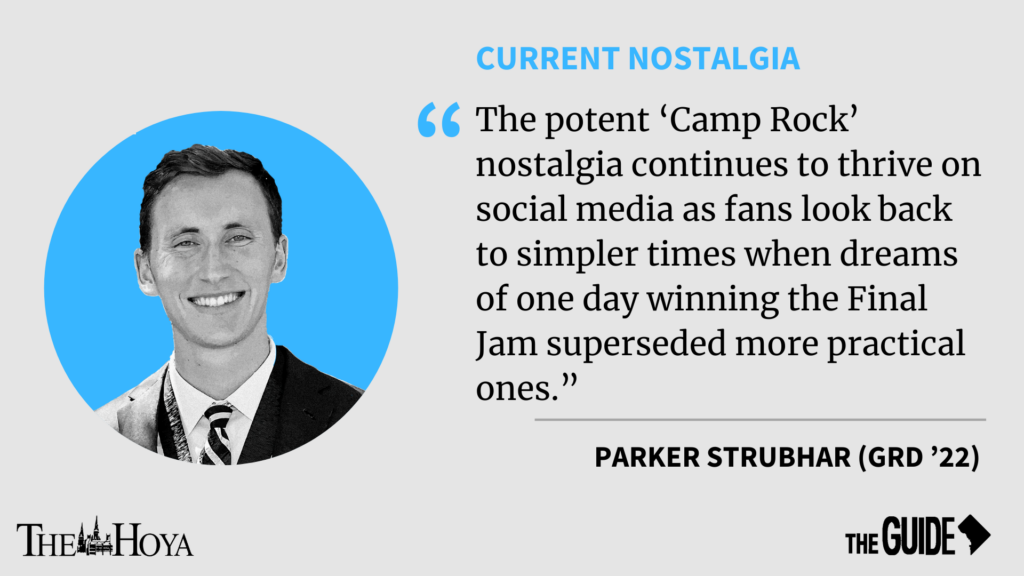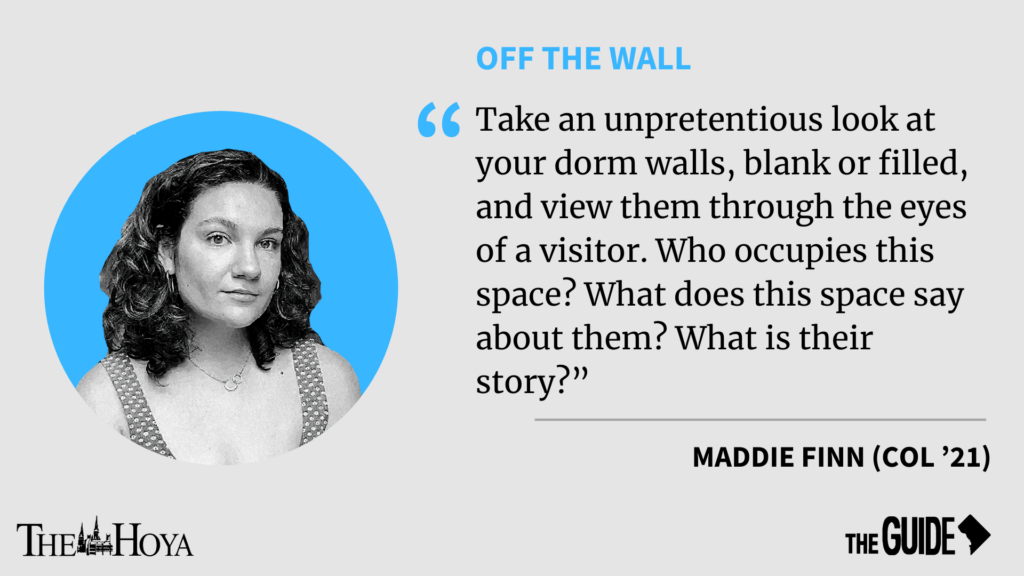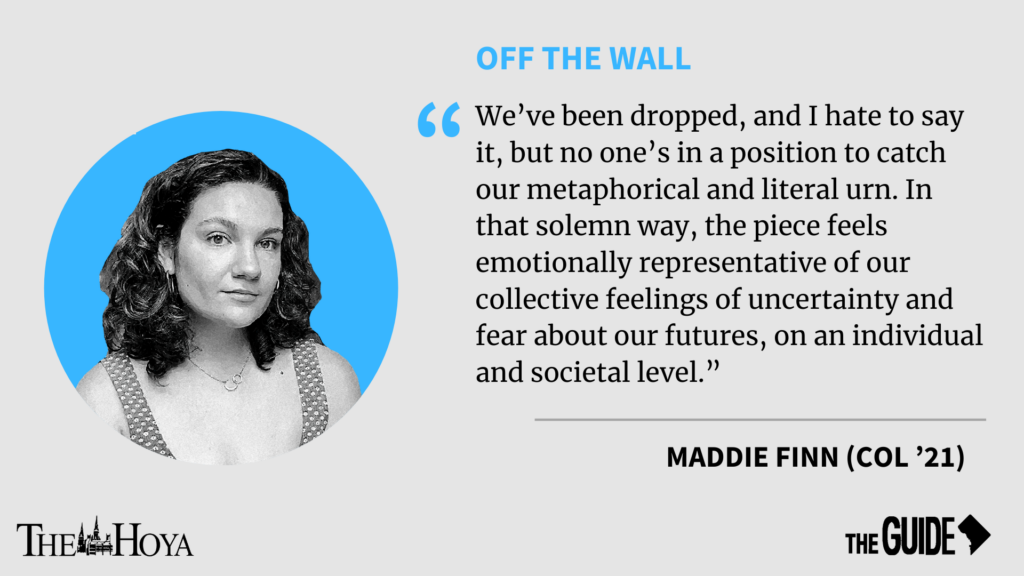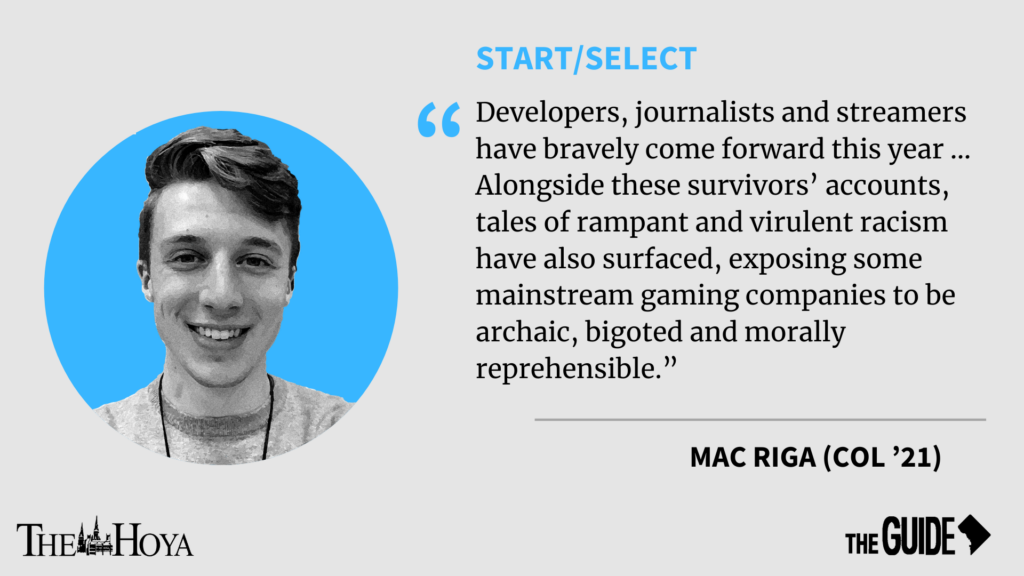The apocalypse of 2017’s “The Legend of Zelda: Breath of the Wild” is quiet and beautiful.
Destroyed by the forces of evil 100 years before the game, the world of Hyrule is vast and still, reclaimed by nature. You spend most of the game totally isolated, forging rivers, climbing mountains and galloping on your horse across sprawling plains with ambient nature sounds and sparse, melancholic piano riffs punctuating the heavy silence of a world destroyed. Amid the ruins and the weariness, however, emerges the thing that makes “Breath of the Wild” an uplifting masterpiece: its message of hopeful optimism on the path to rebuilding a pained and broken society.
The stark contrast to this quiet serenity is the few towns found scattered across the world, where survivors have gathered to live some semblance of a normal life. These towns are bustling with life and activity; happy tunes play constantly within the town limits, merchants peddle their wares and children sprint playfully around, weaving between the legs of their parents who chat with friends and travelers as life reemerges from the fringes of the wilderness. These villages represent a different kind of beauty, less serene and awe-inspiring than the scenic vistas elsewhere, but noisy, life-affirming and full of hope.
The terrain is also tragic. As you leave these bustling settlements to press forward on your quest, the music and noise slowly fade as the crushing silence and loneliness take hold again. The player subconsciously shifts back from the curious, easy disposition they took on in town to the suspicious, alert one that helps them survive constant assaults and seek out ancient shrines and dungeons. And then, closer to the end of your journey than its start, you stumble upon the side quest: “From the Ground Up.”
The premise is simple: a construction worker you meet named Hudson wants to start a brand new settlement on his own. You point him toward a spot you know — a quiet little place amidst the fall-hued trees of the Akkala region — and he sets out on his merry way. Upon traveling there, you find him hard at work clearing rocks in the newly dubbed Tarrey Town while a simple, subdued melody plays. He asks you to help him find some residents for his new town, and so begins the game’s most powerful statement of hope, love and life in the face of calamity.
Hudson’s town-building aspirations are ambitious — how do you begin to create something so extensive in a world so bent on destruction? Hudson’s answer to this question is community, one built upon inclusivity and a celebration of the skills and cultures of the game’s many fantasy races. He asks you to travel across Hyrule, back to the other towns you visited, to recruit a diverse cast of folks looking for a new start and encourage them to come together, pool their efforts and resources, and, in so doing, start working toward a brighter future.
The Zelda series has always been oddly mired in tribalism: the races of the Zelda world typically reside exclusively among their own, and, while they normally show no hostility to others, it presents an image of a divided world. Tarrey Town’s growing community, requiring and made stronger by the differences and distinct cultural contributions of its denizens, is an affecting and beautiful statement. As each new member is welcomed into the community, the town’s music changes with motifs and instruments from their other town’s soundtrack, blending into a beautiful new tune in which the best aspects of the familiar come together to make something lovely and new.
This diversity does not come from shoehorned quotas; each of Tarrey’s citizens were unhappy in their own ways, searching for some greater purpose to give meaning to their lives in the ruins. Tarrey enables them to change their course as they relocate their families to happier skies, fulfill their dreams and even find love. As you travel back and forth between Tarrey and the far corners of Hyrule, Hudson and the Gerudo seamstress Rhondson find love and joy in one another, and the quest ends with a touching wedding between the two in the heart of the finished town.
Make no mistake, there is a lot of monster-slaying in “Breath of the Wild,” but it’s not a battle of good and evil, a magic ceremony or a sacred sword that holds the weight and power of this quest and its ending. “Breath of the Wild” shows us a world ruled by despair, isolation and death — a world becoming more familiar all the time. But the game also shows us that those forces are combatted by forging community; strengthening one another; celebrating our differences, upbringings and perspectives; and affording the most vulnerable among us attentiveness and care. Through a bold choice of life in the face of death and despair, we can begin, at last, to build.
Mac Riga is a senior in the College. START/SELECT appears online every other week.


